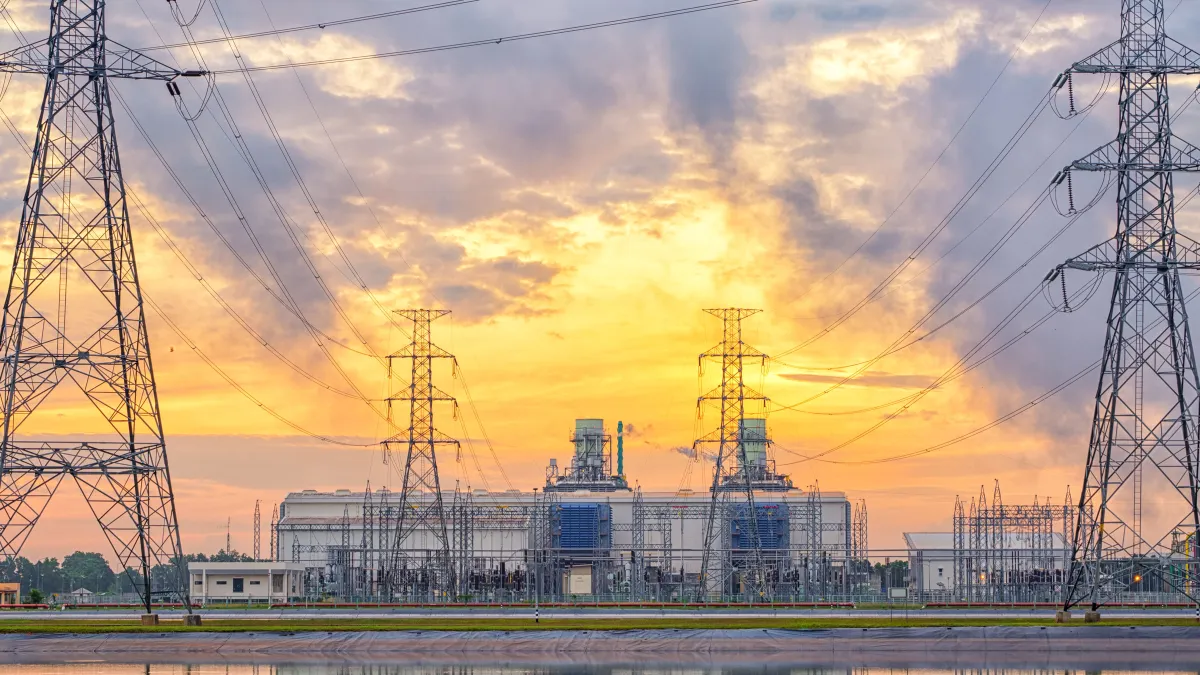
Defining Branch and Scope of T-VER
According to the T-VER Methodology of the Thailand Greenhouse Gas Management Organization (Public Organization) (TGO), the branches and scope of validation and verification of greenhouse gasses in the voluntary greenhouse gas reduction methodology can be divided as follows:
Renewable Energy Development (AE)
1. Electricity generation from renewable energy;
2. Electricity generation from renewable energy for personal use or community use and not connected to the transmission line;
3. Changing the use of fossil fuels or increasing the proportion of renewable energy for thermal energy production;
4. Installation of a whole new heat generation system using renewable energy;
5. Biodiesel production for use as fuel for vehicles or machinery;
6. Fossil fuel modification of cogeneration systems;
7. Production of compressed bio-methane gas to be used to replace fossil fuels;
8. Installation of a new cogeneration system using biomass fuel.
Energy Efficiency (EE)
1. Modification of lighting equipment to increase energy efficiency;
2. Installation of high-efficiency lighting equipment inside the building;
3. Installation of cogeneration systems to replace split power generation systems;
4. Installation of a whole new cogeneration system;
5. Optimization of heat energy production;
6. Increasing the energy efficiency of power plants;
7. Reusing waste heat to generate electricity for cement factories;
8. Modification or installation of high-efficiency water chillers;
9. Improving the energy efficiency of power plants by improving turbines;
10. Improving the energy efficiency of motors;
11. Electricity and cold water production from cogeneration systems;
12. Bringing waste heat back to use;
13. Installation of thermal water cooling system to replace mechanical water cooling system;
14. Installation of high-efficiency air conditioners;
15. Modification of the uninterruptible power supply to increase energy efficiency;
16. The use of waste cooling energy from the process of converting the state of LNG from liquid to gas to replace the water cooler;
17. The use of heat pumps for heat generation;
18. The use of cooling energy from the process of converting the state of LNG (LNG) from liquid to gas is reused for industrial gas production;
19. Increasing energy efficiency in buildings.
Waste Management (WM)
1. Methane gas capture from anaerobic wastewater treatment for utilization or incineration;
2. Incineration of municipal solid waste with incinerators;
3. Production of fertilizers or soil conditioners from organic waste;
4. Production of waste fuel from municipal solid waste;
5. Methane gas storage from anaerobic waste fermentation for utilization;
6. Methane gas storage from small anaerobic fermentation of organic waste for utilization;
7. Collection of methane gas from municipal solid waste management for utilization or incineration;
8. Methane capture from pig farm wastewater treatment;
9. Sorting and returning plastic from waste.

Transportation Management (TM)
1. Conversion of internal combustion engine vehicles to hybrid/ electric vehicles;
2. Use of biofuels to replace basic diesel/ gasoline fuels in land transportation;
3. Changing travel patterns by using rail mass transit;
4. Use of new hybrid/ electric vehicles;
5. Use of electric vehicles to replace internal combustion engine vehicles in public transport;
6. Changing travel patterns from private vehicles to public passenger transport systems that use electric vehicles.
Forests and Green Spaces (FOR)
1. Sustainable reforestation;
2. Reducing greenhouse gas emissions from deforestation and forest degradation and enhancing carbon sequestration in forest areas at the project level;
3. Sustainable reforestation, large-scale projects;
4. Fast growing economy.

Agriculture (AGR)
1. Correct use of fertilizers in agricultural areas;
2. Carbon sequestration and emission reduction for perennial crops.
Source: Greenhouse Gas Reduction Mechanism
Rathaprasasanabhakdi Building, Chaloem Phrakiat Government Complex, Chaengwattana Road
Call +66 2141 9841
July 19, 2016